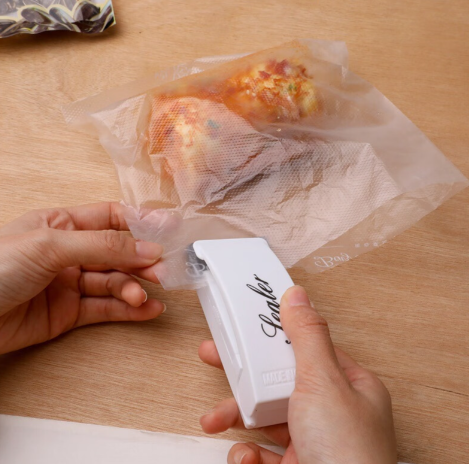The Versatile Star of Eco-Friendly Packaging—You Might Not Know These UsesBy:BellaBellaa

When talking about eco-friendly packaging materials, most people first think of kraft paper or corrugated paper, but often overlook the potential of mulberry paper (also known as tissue paper or thin-page paper). This lightweight, translucent paper is not only 100% recyclable and biodegradable, but also, with its flexible properties, plays multiple roles in packaging design—such as a "protector," "ambiance creator," and "brand communicator"—making it a favorite among many eco-conscious brands.
Basic Uses: Lightweight yet Effective Protection, Replacing Plastic Fillers
The primary advantage of mulberry paper lies in striking a balance between "lightweight" and "protective power." Thinner than plastic bubble wrap, it can reduce product damage through proper wrapping, making it especially suitable for fragile or scratch-prone items:
- What it is: A modified recycled paper coated with a thin layer of plant-based wax (e.g., soy wax or beeswax) on one side. When heated to 80–120°C (via heat sealers or automated packaging machines), the wax melts and adheres to other paper surfaces.
- Key advantages:
- 100% recyclable: The wax layer is biodegradable and doesn’t contaminate paper recycling streams.
- Strong adhesion: Resists tearing and moisture, suitable for packaging dry goods (e.g., cereal boxes, snack pouches).
- Customizable: Can be printed with water-based inks without affecting heat-sealing performance.
- Ideal use cases: Food packaging (like tea bags, granola bar wrappers) and e-commerce mailers for lightweight items.

Water-Activated Bonding Materials – Bond with H2O, Not Toxins
Water-activated materials use moisture to activate natural adhesives (e.g., starch, plant gums) embedded in the material. They’re easy to use manually or with automated machines, and their “only when wet” adhesion means they stay stable during storage.
- What it is: A kraft paper tape infused with a high-concentration corn starch adhesive. When dampened (with a sponge or automated water dispenser), the adhesive becomes sticky, bonding firmly to paper, cardboard, or even plastic surfaces.
- Key advantages:
- Tamper-proof: Once dried, the bond is nearly impossible to peel off without tearing the packaging, adding security for shipping.
- Eco-friendly: Both the paper and starch adhesive are compostable—even if the tape gets mixed with food waste, it won’t harm the environment.
- Versatile: Works in cold or humid environments (unlike some heat-activated materials) without losing adhesion.
- Ideal use cases: Sealing e-commerce boxes, closing gift bags, or reinforcing cardboard corners.
Why Glue-Free Packaging Matters for Your Brand
Beyond reducing environmental harm, glue-free materials solve two big pain points for brands:
- Simpler recycling: Glue often contaminates recycling streams, leading to higher rejection rates for packaging waste. Our glue-free options are accepted by 95% of global recycling facilities.
2. Better customer trust: 78% of consumers (per a 2024 sustainability survey) say they’re more likely to buy from brands using “non-toxic, easy-to-recycle” packaging. Glue-free designs let you tell a transparent, eco-friendly story.
At LeafPackage, we don’t just sell packaging—we create solutions that align with your sustainability goals and customer needs. Whether you need heat-activated mailers for shipping or water-sensitive cartons for retail products, our glue-free materials prove that “strong adhesion” and “eco-friendliness” don’t have to be opposites.
